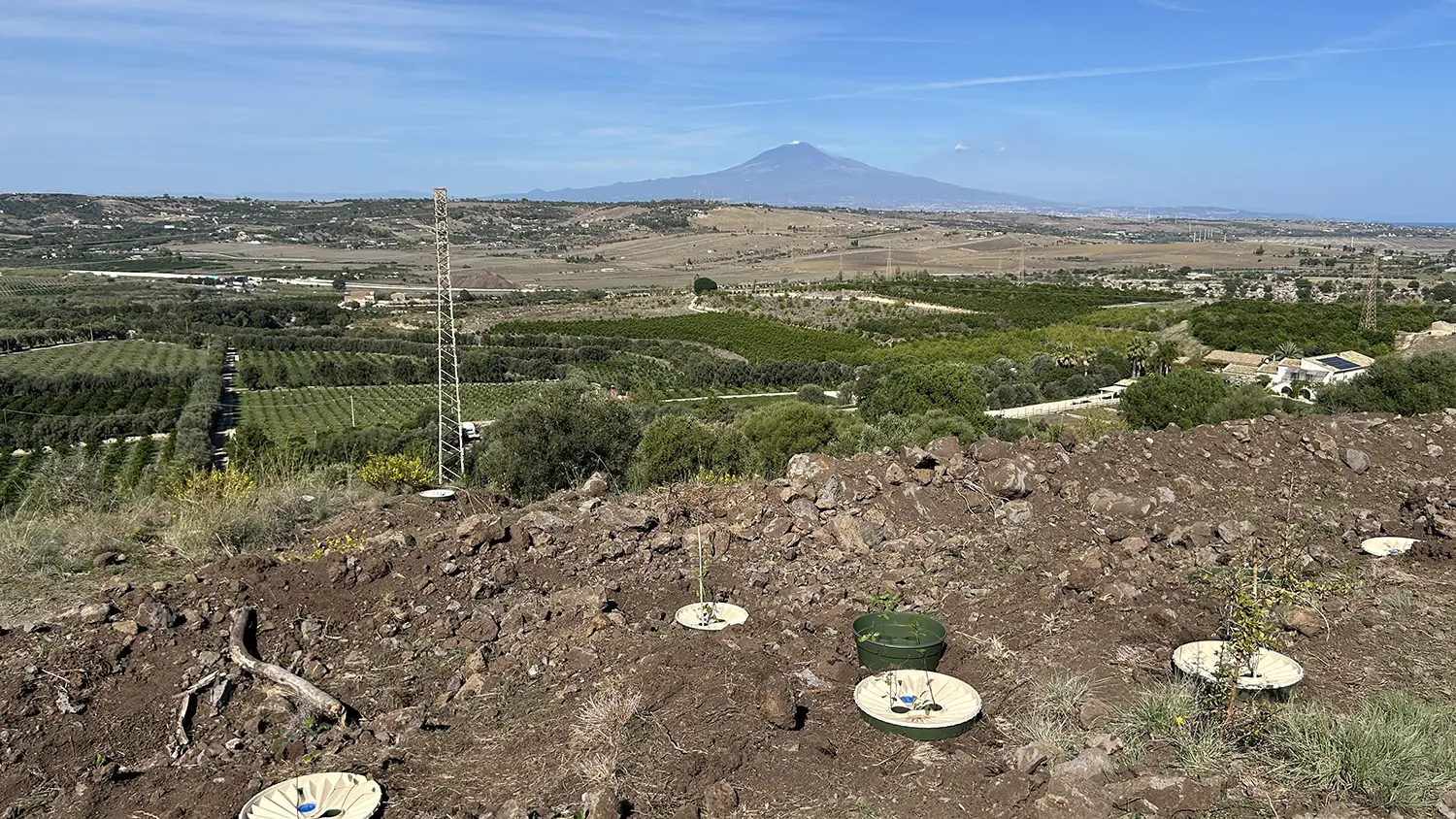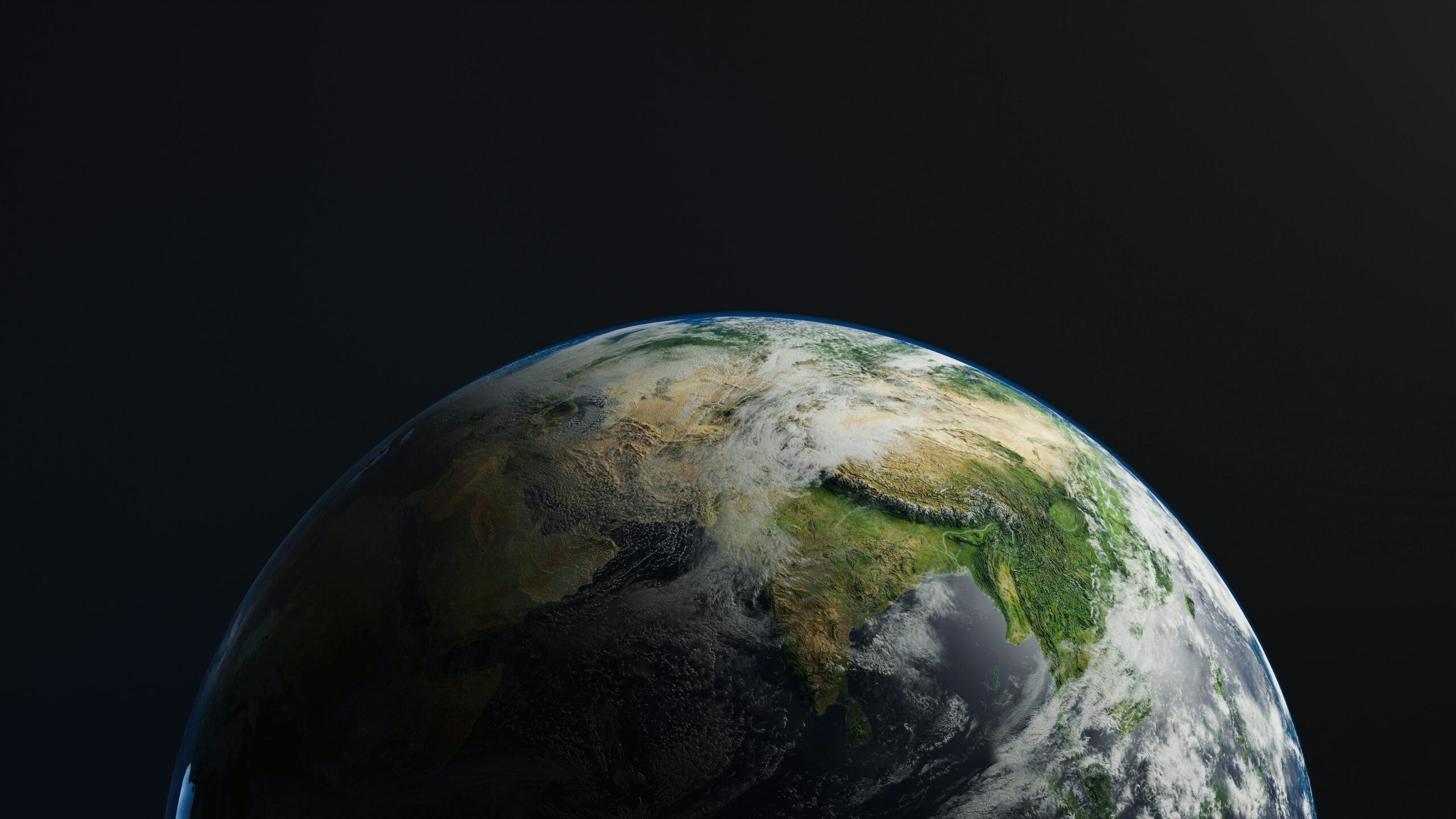
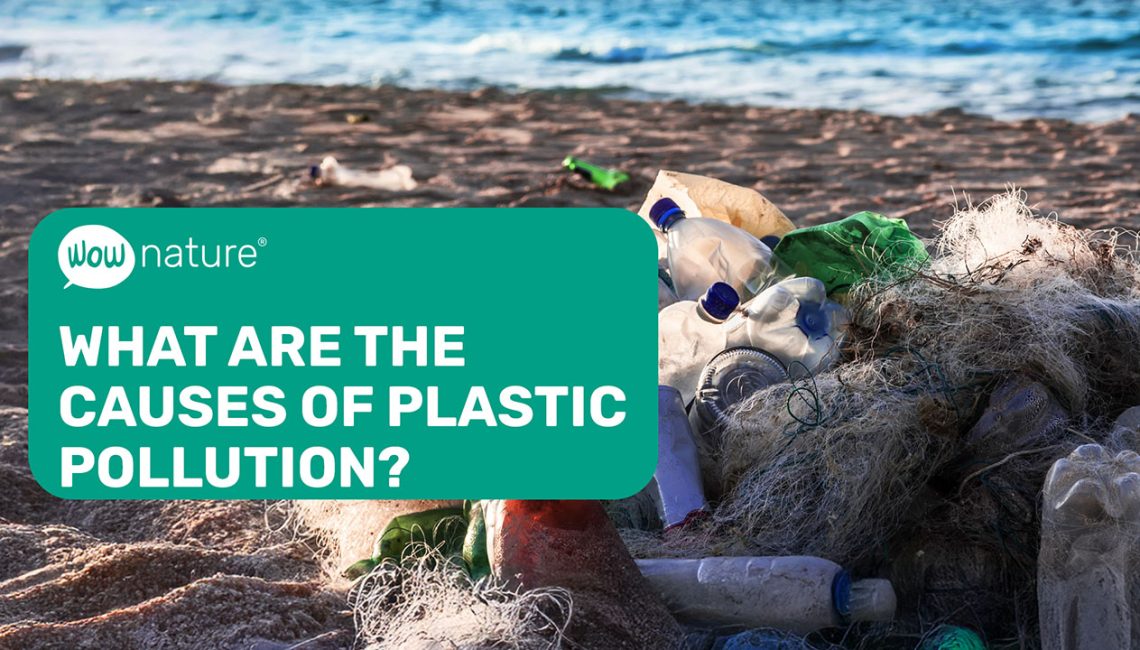
What are the causes of plastic pollution?
Microplastics: a problem closer than we think
‘Plastic islands’ float far away, but plastic pollution is everywhere, even in our seas and on our beaches. According to a survey by Legambiente, an average of 892 litter items were found on 63 Italian beaches for every 100 linear metres, and almost 80% of these were plastic.
When plastic is abandoned in the environment, it slowly degrades, giving rise to microplastics, i.e. fragments of less than 5 millimetres. These particles are now everywhere: in the seas, fish, plants and unfortunately also in our bodies. In fact, they have been found in human blood, in the lungs and can release pollutants that are hazardous to health.
Where does all this plastic come from?
About 80% of the plastic that ends up in the sea comes from rivers, while the remaining 20% comes mainly from abandoned fishing gear. Plastic often starts its journey on land: dumped in ditches or on roads, it is washed away by rain into watercourses until it reaches the oceans.
Countries with ineffective waste management, mainly Asian countries, are the main culprits, but in Europe too the problem is real. One only has to look around to find plastic waste everywhere.
What can we do to combat plastic pollution?
Faced with a global problem, individual choices matter more than we think. Reducing the use of single-use plastics, choosing alternative packaging and disposing of waste properly are key steps. Plastic in itself is not the enemy: it is its abandonment that turns it into a problem.
Participating in beach and forest clean-up days allows you to see the impact of this waste up close and makes a concrete contribution to the preservation of natural environments.
What are the causes of plastic pollution? Watch the full video
Understanding the causes of plastic pollution is the first step towards conscious action. Watch the video “What are the causes of plastic pollution?” and discover how plastic ends up in our seas, what are its consequences and what we can do together to change course.
SHARE
Other posts

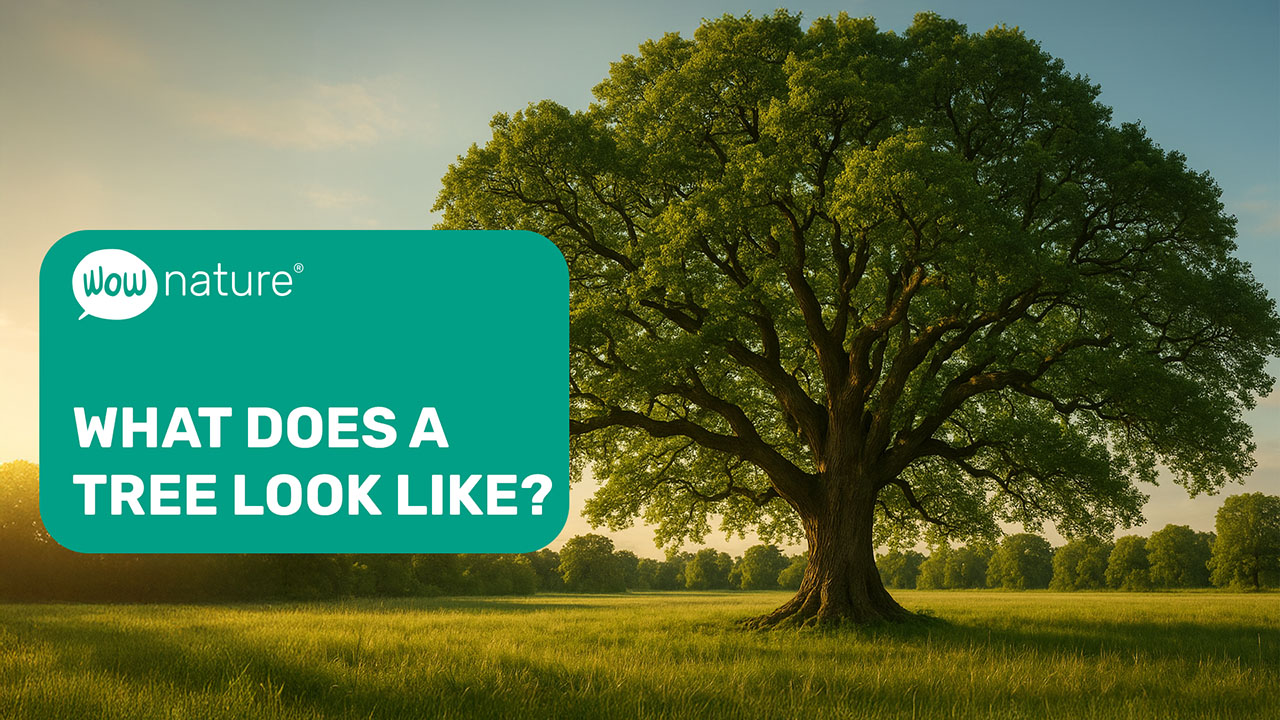
What does a tree look like?
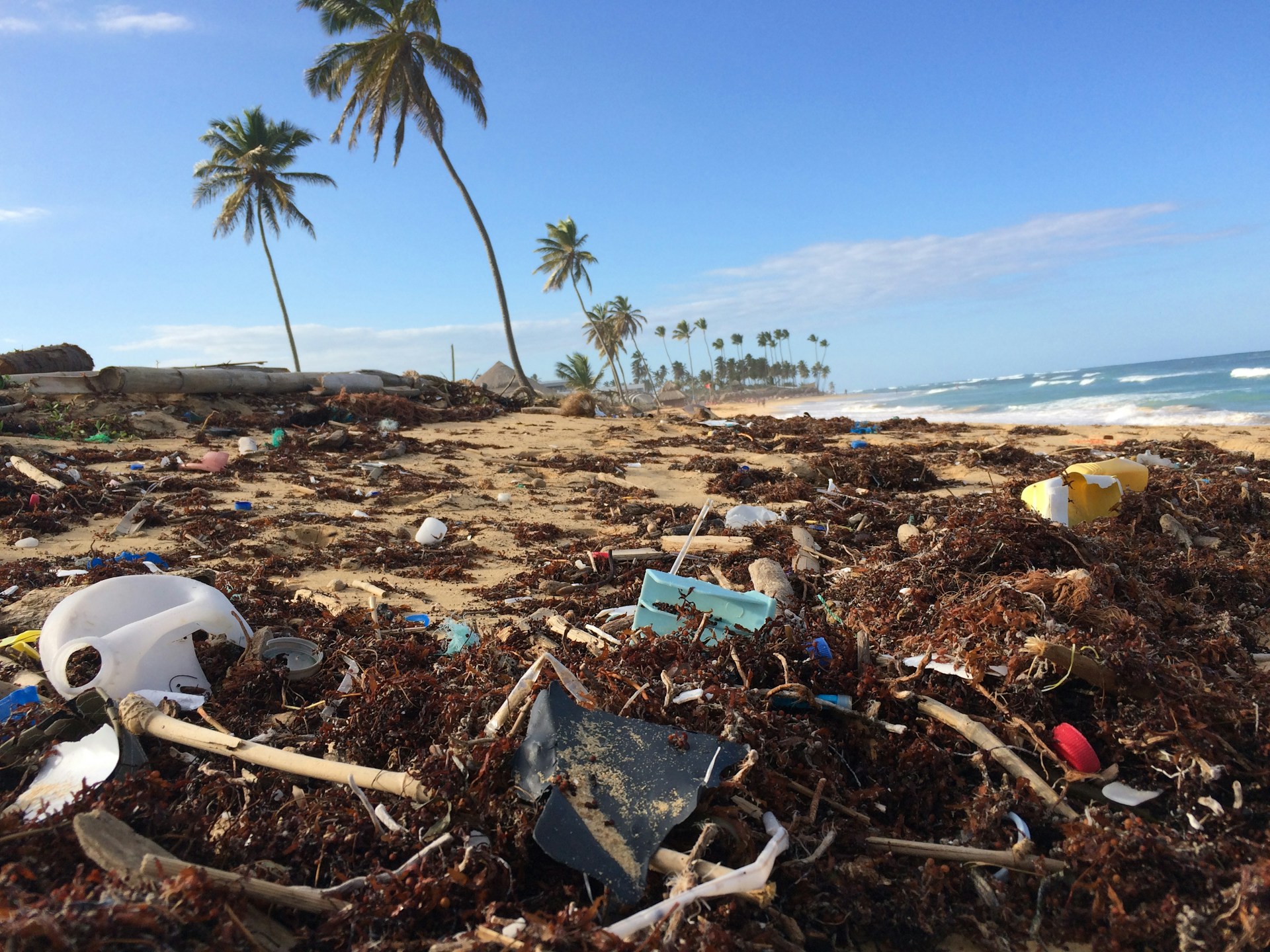
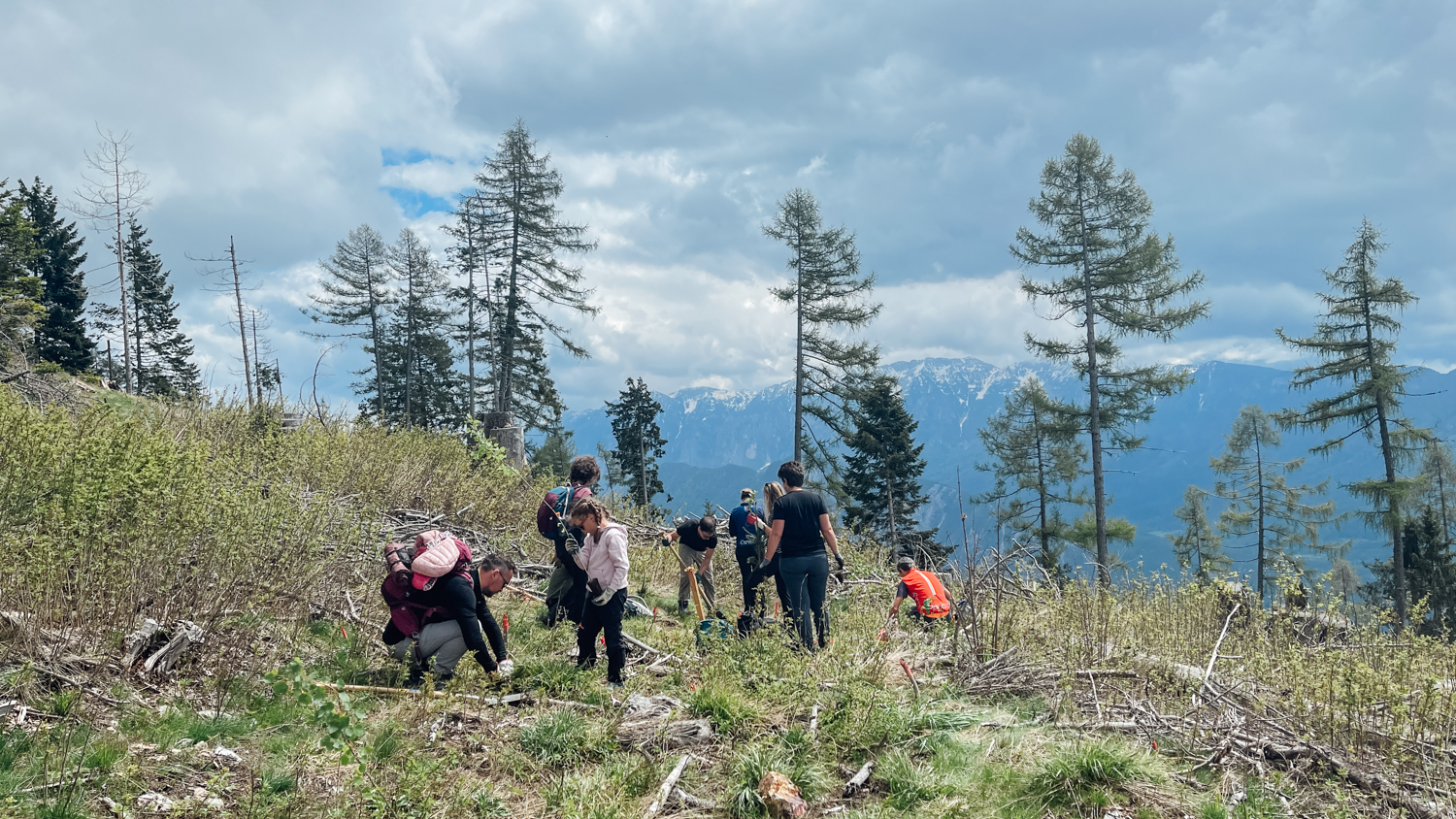
Updates from Bosco della Panarotta
